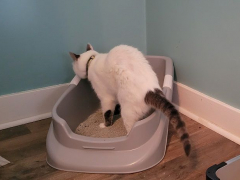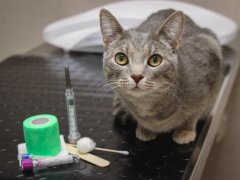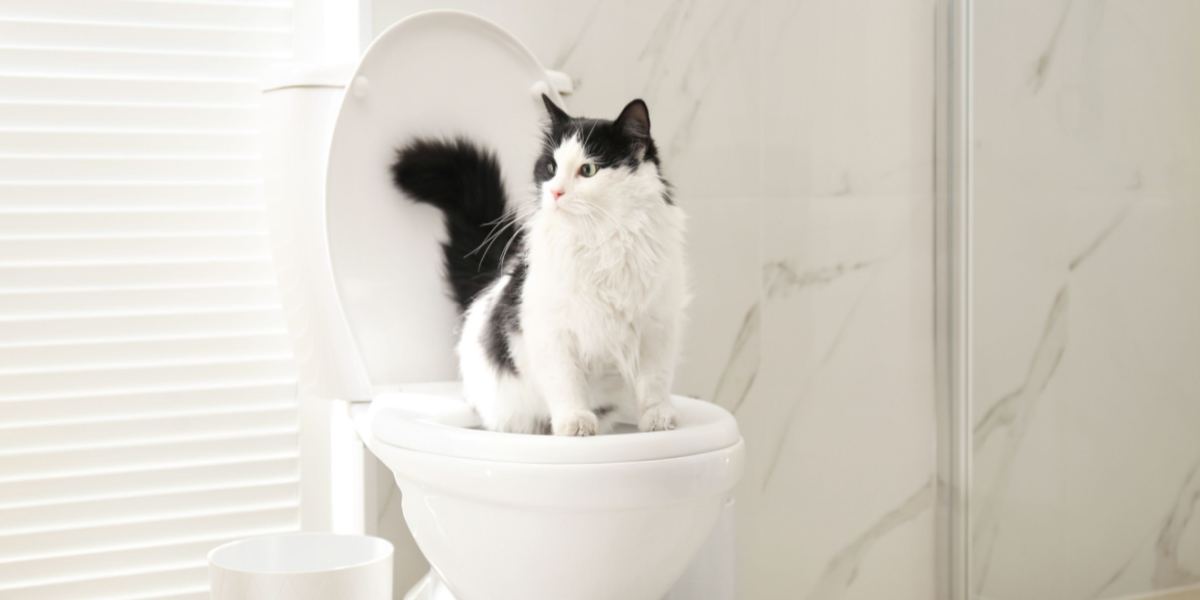
Toilet-training cats is a trend that many cat owners find appealing. After all, litter boxes can be smelly and they take up space in our homes. While toilet-training cats might sound like a cool idea, there are some legitimate reasons why doing so is a big no-no.
Cats have important natural instincts and behaviors and using a toilet meddles with this in a way that could be detrimental to your cat. So here are our top reasons why you should stick to a litter box.
1. It Prevents Them From Their Natural Digging Instinct
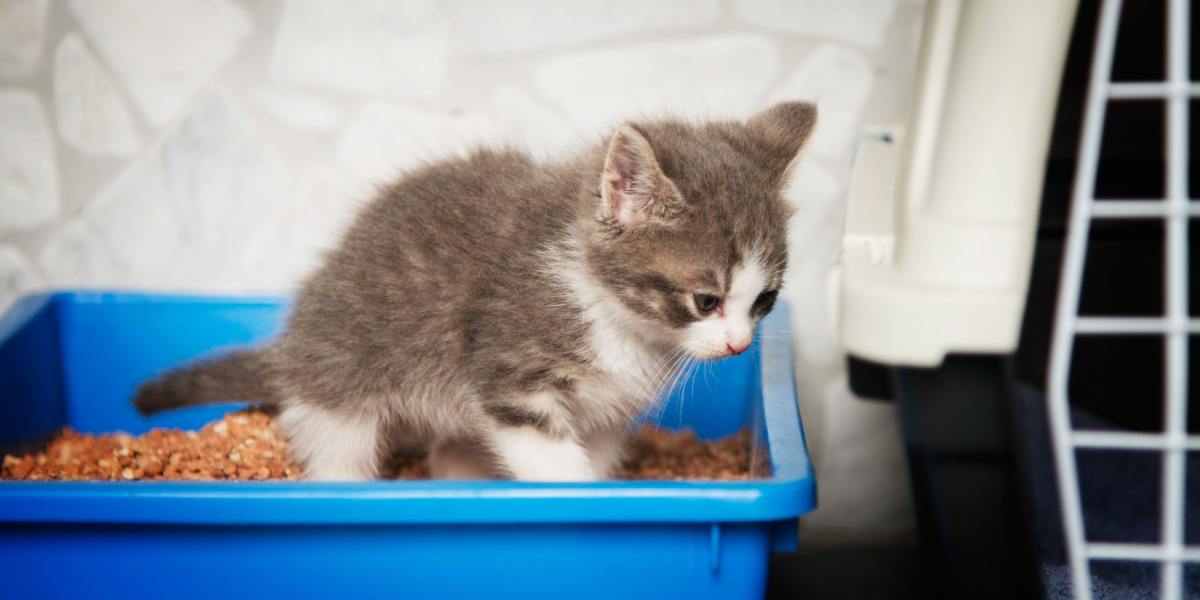
It’s important that cats can engage in their natural instincts, such as digging a hole to relieve themselves.
Cats have strong natural instincts to dig a hole and then cover up their waste when they’ve finished doing their business. This is true whether they are digging in soil or in cat litter.
Most cats instinctively toilet outdoors, and we should maintain and respect this. Training your cat to use a human toilet can destroy this instinct, even if they are indoor cats. One day you might want to switch back to a litter box, and your cat may no longer cover their waste, leaving bad odors in your home and confusion for your cat.
Your cat might still try to scrape your toilet seat or the floor around the toilet itself, which will damage your home. Most worryingly, they could slip and fall into the bowl while trying to scrape, where they can get injured or stuck. Cats will quickly associate the toilet with this trauma and become too frightened to use it again, leading them to start toileting elsewhere in your home.
Also Read: Top 5 Best Flushable Cat Litters
2. They Cannot Scent Mark
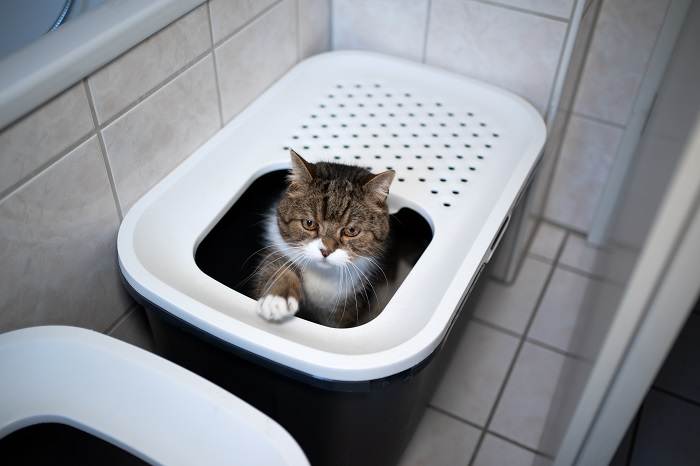
Trying to change your cat’s natural feline behavior might be convenient for you, but it can be detrimental to your cat’s well-being.
Cats are naturally territorial and use scent marking to let other cats know that this is their spot. It’s an important and fascinating aspect of feline behavior.
Even after we clean poop out of the litter box, other cats will be able to smell who else has been there. Cats don’t like sharing toilets! Training your cat to use the toilet may benefit humans by removing odors from the home, but it will confuse and stress your cat.
Also Read: Do Cats Have Scent Glands In Their Paws?
3. They Need To Balance On The Toilet Seat
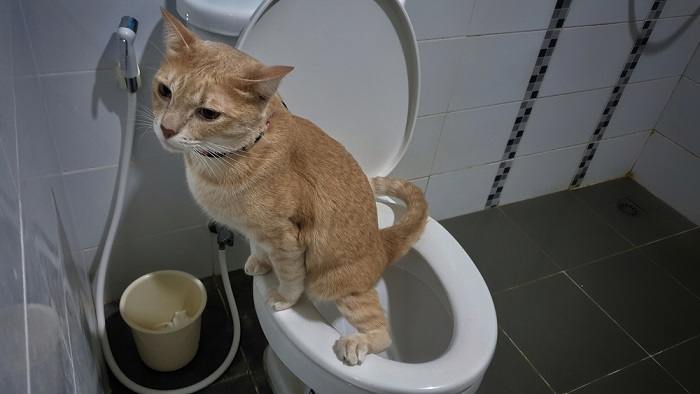
Forcing a cat to balance on a toilet bowl can be stressful and difficult for the cat.
Cat owners are amazed and captivated by their pet’s incredible balancing skills. Whilst balancing on a narrow fence or branch is natural, balancing on a toilet seat isn’t.
Toilet seats are narrow and slippery surfaces that will challenge your cat. If they lose their balance they could slip and fall into the bowl, getting injured or stuck. This is traumatizing and they will quickly associate the toilet with fear, leading them to go elsewhere in your home.
Also Read: Why Does My Cat Follow Me To The Bathroom?
4. They Always Have To Jump To Get Onto The Toilet
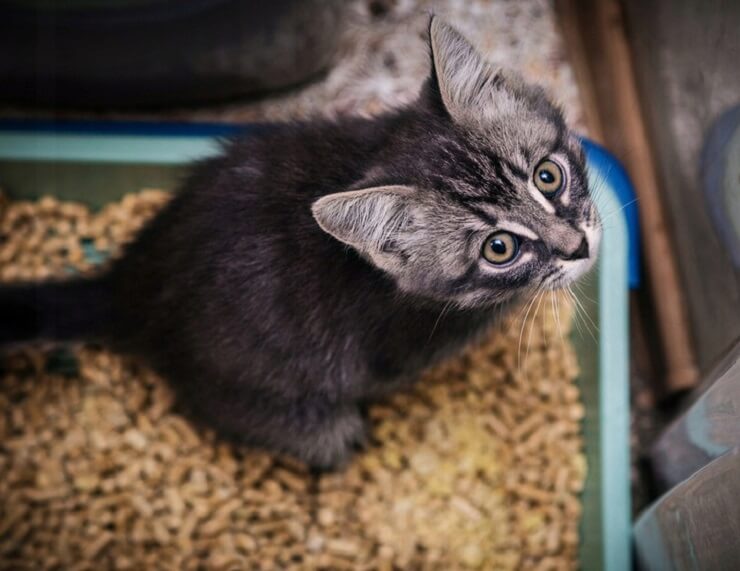
If a cat struggles to jump onto the toilet seat, they may resort to going to the toilet elsewhere in the house.
Cats are renowned for their remarkable agility but having to jump onto a toilet every time they need to go is a lot to ask. This is especially true for older cats who are more likely to suffer from osteoarthritis or difficulties with their vision which affects their ability to jump and land on higher surfaces.
Jumping to use the toilet could cause your cat pain and stress. If it’s uncomfortable or difficult for them, they will quickly look for other more accessible places to go around your home, which can be harder to correct in older cats.
Also Read: The 8 Best Automatic Self Cleaning Litter Boxes
5. The Risk Of Toxoplasma Gondii
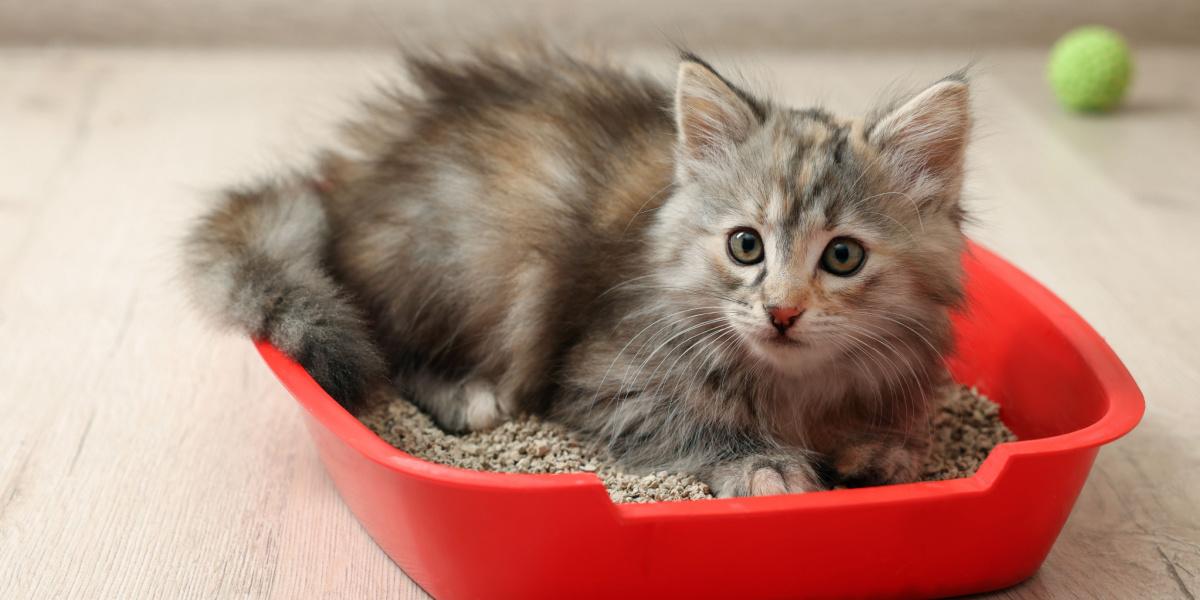
There is a misconception that training a cat to use the toilet is cleaner and healthier.
One of the biggest reasons cat owners worry about cleaning litter boxes is the parasite Toxoplasma gondii. Toxoplasmosis can cause serious illness in people and is especially dangerous for pregnant women.
Training your cat to use the toilet increases the risk to yourself or your family by introducing the parasite to your own toilet. Once flushed away, the parasite can make its way into major waterways and threaten other species as it isn’t always killed in sewage treatment facilities.
Also Read: How To Clean A Cat’s Butt In 6 Simple Steps
6. Flushing The Toilet Flushes Away The Evidence
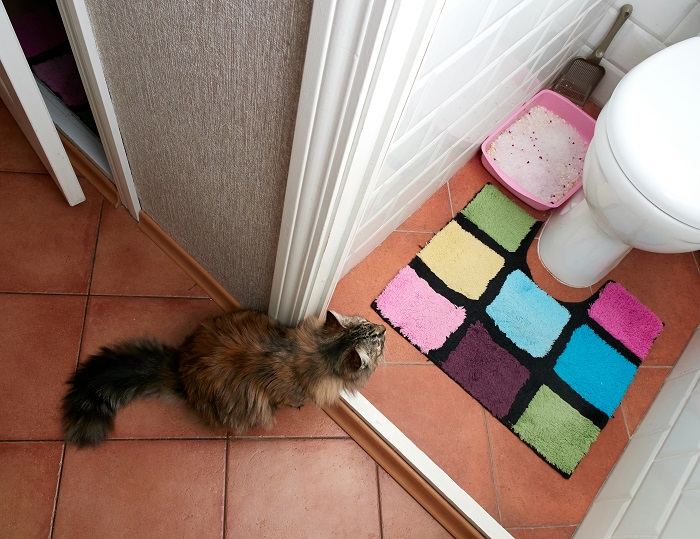
Litter boxes are much easier for cats to use and for you to use to monitor your cat’s health.
Changes to your cat’s toileting habits are an important indicator of health issues. Urinating into a toilet bowl full of water makes it tricky to know if your cat is passing an increased volume of urine, which may indicate health problems such as urinary infections, kidney disease, diabetes, or hyperthyroidism. Even though you might think it’s easier to spot changes in the concentration of urine, or blood in the urine, the water in the toilet bowl could dilute this.
If a vet is concerned about your cat’s feces, they will want a sample to check for infection or parasites. You will not want to have to fish your cat’s poop out of the toilet bowl! Early detection is key with many of the health conditions that affect cats and flushing away the evidence could delay or complicate diagnosis and treatment. Changes are very easy to spot in a litter box.
7. It Makes Traveling More Difficult
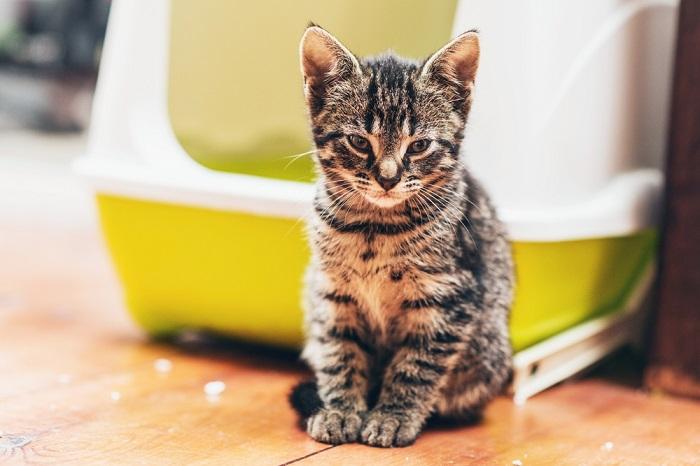
Some cat owners travel with their pets, and sometimes we need our cats to go to a cattery while we are away. In these environments, it’s unlikely that there will be a human toilet available for them to use. It’s a lot to ask your cat to change their habits at short notice or even temporarily. Cats are creatures of habit. Your family, friends, or manager of a rental property might not appreciate your cat toileting around the place because they are confused!
8. It Can Be Problematic If You Have More Than One Cat

Natural feline behavior means that cats don’t care to share the area where they toilet.
Toilet training cats might be achievable with just one cat, but toilet training more is a challenge. Cats like to have their own places to toilet and don’t do sharing, which is why scent marking is such an important natural feline behavior.
A multi-cat household needs a litter box for every cat, plus another one. So, three cats need four litter boxes. Litter boxes take up space, but the same rule would apply to toilets, and you might not have that many bathrooms!
Not only do your cats have to share with each other, but with their human family too. This could lead to issues with toileting around the house if the bathroom is not free or they object to sharing.
Also Read: My Cat Doesn’t Finish Pooping In Litter Box: Is This Normal?
9. They Always Need Access To A Toilet

Cats need constant access to a place to use the toilet, and rely on you to make it easy for them.
Cats will instinctively toilet whenever they need to go. If you have a toilet-trained cat, the bathroom door must always be open and the toilet lid always up. If they have to go, but the bathroom is occupied, they will become stressed and feel forced to go elsewhere in the house. It is easy to forget to leave the door open and the toilet seat up, or for a guest to unknowingly close the door.
Also Read: Why Do Cats Pee On Bathroom Rugs?
10. It Doesn’t Improve Odors In Your Home

Litter boxes aren’t very nice to have around your home, and we all know how quickly most of the house can end up stinky! By training your cat to use the toilet, you might think you are restricting those smells to the bathroom by flushing them.
But that means you always need to follow your cat to the bathroom to flush. Forgetting to flush might leave you, your family, and your guests with a nasty surprise! If you are out for a while and your cat is left home alone, they could use the toilet multiple times before you get home to flush.
Also Read: How To Clean Your Cat’s Litter Box
Final Thoughts
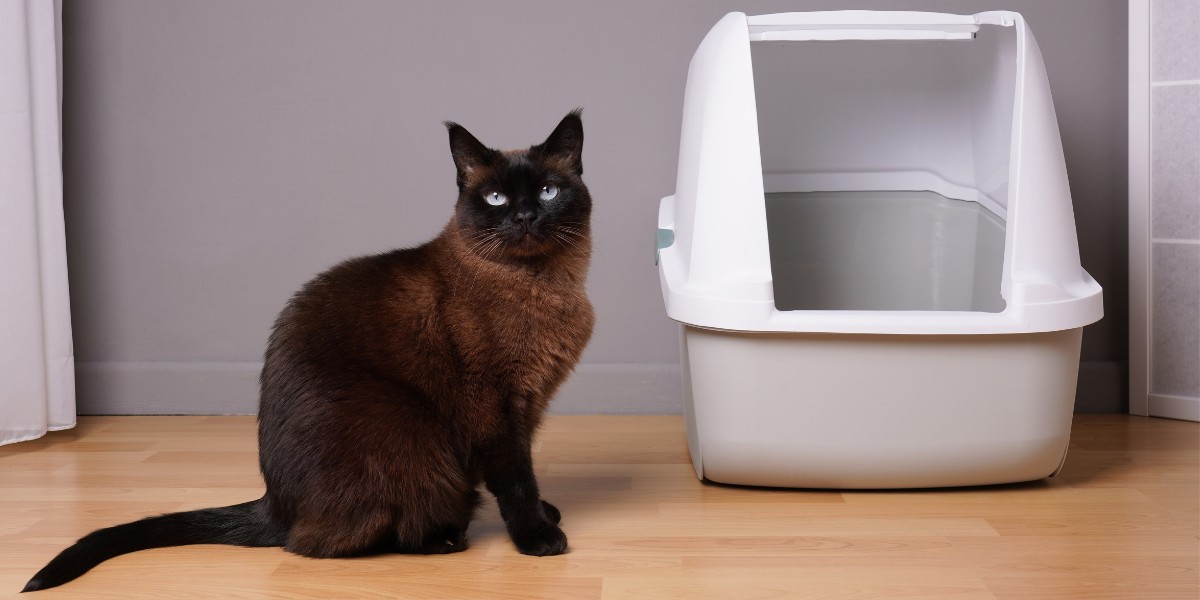
Litter boxes may be annoying, but it is the best solution for your indoor cat’s toileting needs.
Toilet training cats might seem fun or like a sensible solution to certain problems, but the problems with doing this far outweigh the benefits. It’s crucial for our pet’s well-being that they are able to freely express their normal and natural behaviors.
These natural instincts include the instinct to dig and bury their waste, and scent marking their territories and spaces. Meddling with these instincts can lead to some challenging behavioral issues. There are lots of other fun ways to train your cat using rewards, and they are fast and attentive learners. A behaviorist can always help if you are concerned about your cat’s behavior.
Covered litter boxes, automatic litter boxes, and cat litter that help absorb odors can all be good solutions to smells. Cleaning out the litter box regularly ensures it’s always safe and appealing to your cat.
Remember to have enough litter boxes for the number of cats you have too. Take sensible precautions such as hand washing and using scoopers or bags to remove poop, and if you spot any changes to your cat’s habits get them checked by a veterinarian.
Also Read: The 7 Best Litter Boxes For A Small Apartment
Frequently Asked Questions
Is toilet training your cat a good idea?
Toilet training your cat is not a good idea. It might seem like a fun idea but it’s detrimental to your cat’s behaviors and can lead to multiple problems.
Why shouldn't you teach your cat to use the toilet?
Teaching your cat to use the toilet may remove their instinct to cover their waste and scent mark their territory. It can also be tricky for them to jump up/land/balance on your toilet which could lead to them toileting around the house. If they slip or fall into the bowl they could be injured or traumatized.
Can you flush cat poop?
Yes, you can. If you are flushing poop from a litter box, make sure there isn’t much litter with it, as this can block your toilet.
Should you toilet-train an indoor cat?
Indoor cats still have the same instincts as those that go outdoors, so the same reasons apply to using a litter box to maintain these habits and avoid behavioral problems.






